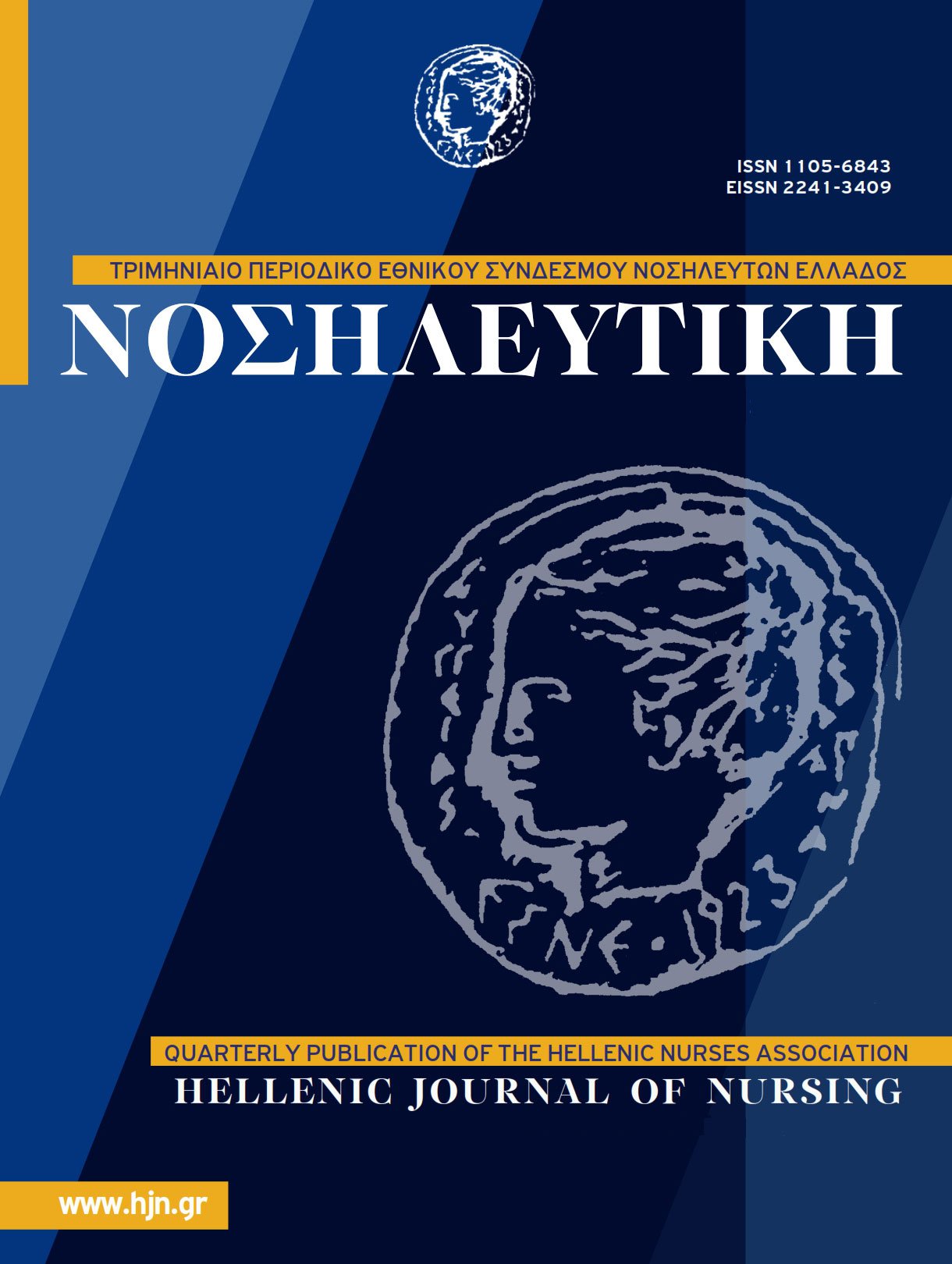The Impact of Rules Changes on the Health of Taekwondo Athletes - a Different Approach
Abstract
Introduction: For a long time, Taekwondo rules were established with regard to current trends, the competitors’ safety, and the organisation of spectacular events with good sportsmanship. The substantial revision of rules in 2009 was expected to bring about changes in the sport as well as the athletes’ in-game behaviour. Purpose: The purpose of the present study was to analyse the attacking behaviour of female Taekwondo athletes, before and after the implementation of the aforementioned changes. The additional objective was to examine whether or not this change affected the safety of athletes.Thus, our sample comprised female athletes who participated in the 2008 and 2012 Olympics. Material and Method: The collection of data was conducted using the SportScout software and the following parameters were analysed1. Race (Olympic games 2008, Olympic games 20012), 2. Kick technique 3. Turning kicks, 4. Point of the kick Techniques, 5. Scoring points, 6. Reaction of the opponent athlete, 7. Avoid the much (waiting time between kicks), 8. Tactic, 9. Objection of the coach. The data were analysed using the crosstabs statistical analysis. Results: According to the results, the athletes’ in-game behaviour was affected considerably by the rule changes of 2009. Athletes became more competitive, increased dynamic hits (p=.000) and kicks to the head (p=.000). Also rule changes had a significant effect on number of points (p=.001), on opponent’s defence (p=.038), on interval between kicks (p=.000) and on objections of the coach, (p=.020). Conclusions: None of these changes appeared to have a positive effect as far as the securityhealth of the athletes is concerned, as extra points were awarded to head kicks. Nevertheless, the sport experts proceeded with further Taekwondo regulation changes in 2015, thus raising more questions as to their ultimate objective.



